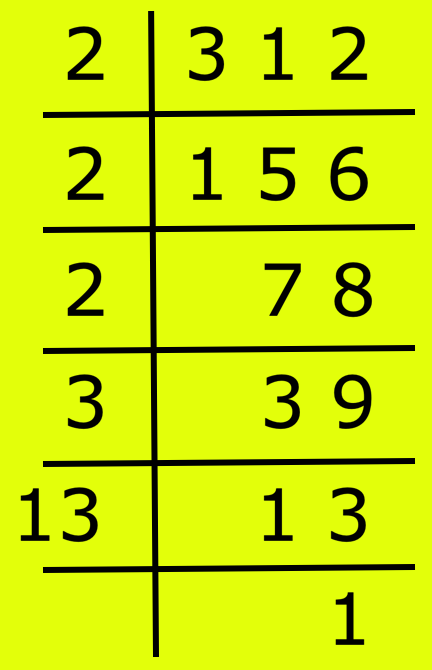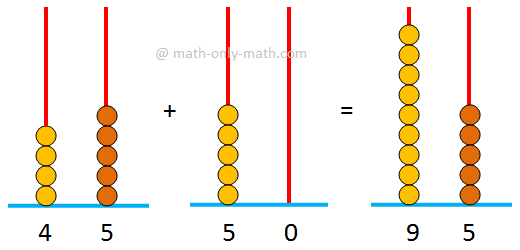Concept of Profit and Loss
We will understand the concept of profit and loss in daily life. Nowadays, the producer and consumer are rarely directly involved. In most cases a middleman buys from the producer and sells the product to the consumer and the middle-man are either wholeseller or retailer. The wholeseller buys entire things from the producer and sells it to different smaller businessman who in turn sells it in retail to the consumers.
Most of the businessmen make their money by buying and selling products. If the selling price of a product exceeds its cost price or production price, then a profit is made. If the selling price of a product is less than its cost price, then a loss is incurred.
Hence, profit = selling - cost price
And loss = cost price - selling price
(i) in case of profit, selling price > cost price and in case of loss, selling price< cost price.
(ii) profit or loss is usually calculated on cost price.
Consider the example:
Suppose a book seller buys books for $800 and sells it at $900 and cycle seller makes a cycle at $200 and sells it for $300.
Here, profit from books = $900 - $800 = $100
and profit from cycle = $200 - $300 = $100
Therefore, both the profits are same i.e., $100
We observe that the book seller had to invest $800 to gain $100 and the cycle seller invests only $200 to gain $100. So from the businessman point of view, both transactions cannot be the same.
As profit and loss are business related matters, so profit and loss has to be judged from capital invested in business.
If the two profits are judged by money investment, we observe,
In case of book = profit : investment
= 100 : 800
= 1 : 8
= 1/8
In case of cycle = profit : investment
= 100 : 200
= 1 : 2
= 1/2
As 1/2 > 1/8, then the cycle seller has made more profit than the book seller.
If we express this in percentage,
Percentage of profit of book seller = (1/8 × 100)% = 12.5%
Percentage of profit of cycle seller = (1/2 × 100)% = 50%
Thus the cycle seller has made more profit percent than the book seller.
Therefore, we get the clear expression about the concept of profit and loss.
7th Grade Math Problems
From Concept of Profit and Loss to HOME PAGE
Didn't find what you were looking for? Or want to know more information about Math Only Math. Use this Google Search to find what you need.
Recent Articles
-
5th Grade Factors and Multiples | Definitions | Solved Examples | Math
Mar 23, 25 02:39 PM
Here we will discuss how factors and multiples are related to each other in math. A factor of a number is a divisor which divides the dividend exactly. A factor of a number which is a prime number is… -
Adding 2-Digit Numbers | Add Two Two-Digit Numbers without Carrying
Mar 23, 25 12:43 PM
Here we will learn adding 2-digit numbers without regrouping and start working with easy numbers to get acquainted with the addition of two numbers. -
Worksheet on 12 Times Table | Printable Multiplication Table | Video
Mar 23, 25 10:28 AM
Worksheet on 12 times table can be printed out. Homeschoolers can also use these multiplication table sheets to practice at home. -
Vertical Subtraction | Examples | Word Problems| Video |Column Method
Mar 22, 25 05:20 PM
Vertical subtraction of 1-digit number are done by arranging the numbers column wise i.e., one number under the other number. How to subtract 1-digit number vertically? -
Worksheet on 11 Times Table | Printable Multiplication Table | Video
Mar 22, 25 05:08 PM
Worksheet on 11 times table can be printed out. Homeschoolers can also use these multiplication table sheets to practice at home.






New! Comments
Have your say about what you just read! Leave me a comment in the box below. Ask a Question or Answer a Question.